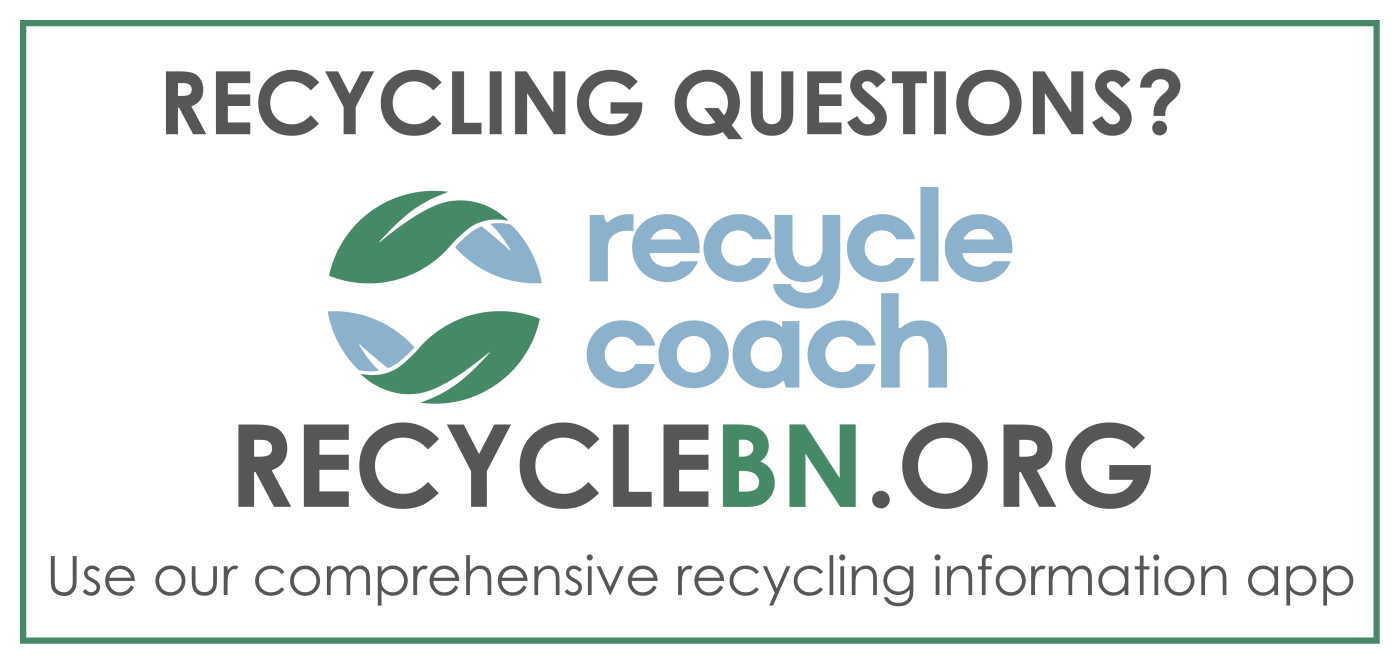Rain barrel installation
For step-by-step guidance on installing your rain barrel yourself, we recommend the videos below. If you would prefer that your rain barrel be installed by the experts, local professionals are ready to help! Contact Midstate Gutter at 309-829-3444.
Flex-it Diverter Installation:
Y-Diverter Installation:
Safe Rainwater Harvesting Catchments
Any catchment area will pick up some contamination from leaves, bird droppings, dust, and other natural causes. This water is fine for watering your garden, but it will need a good filtering system before you can be sure it is safe to drink. Some roofs, such as old tar and gravel or old asbestos shingle roofs create too much contamination for rainwater harvesting. Treated cedar shakes are also not recommended for water harvesting.
The type of gutter system you have is also important, as many may have lead soldering or lead-based paints. Additionally, if you live in an area that produces heavy industrial pollution, your rainwater itself may contain some undesirable contaminants. Talk to your local municipal government about the issue of environmental contaminants in your area that may affect rainwater quality.
Other Safety and Maintenance Concerns
Water stored in any kind of container represents a risk for small children. Children can drown in as little just a few inches water. Additionally, animals both wild and domestic may become trapped and drown in your barrels if uncovered. Therefore, you should never use an open container for rainwater collection. Make sure you have some way to cover the barrel with a screen or a top. Standing water is also where mosquitoes breed best. As the West Nile virus and other diseases are important concerns these days, you’ll need to take appropriate measures to deter mosquitoes from breeding in your rain barrels. It only takes about ten days for mosquitoes to breed, so you should ideally empty the water in less than ten days. You should also use a fine screen over the top of the barrel so the mosquitoes cannot reach the water in the first place.
The type of barrel you use is also important. Make sure it is a food-grade container that was made to hold liquid. You cannot cut corners and simply use a trashcan because a common trashcan will not withstand the pressure of the water for long. The location of you rain barrel is also important. Make sure you place it on level and stable ground. When your rain barrel is at maximum capacity, it will weigh quite a bit and tipping is risk on un-level ground.
Depending on what part of the country you live in, we recommend disconnecting your rain barrels in the winter if temperatures in your area regularly reach freezing or below. Constant freezing and thawing of the water in your rain barrel may weaken the material or cause cracks. Store your barrels upside down in the winter to keep them clean for future use. Learn how to winterize your rain barrel.
A final bit of advice for all rainwater catchment systems is to always monitor the rain barrels for overflow. If for example you leave for vacation for a week and have not taken precautions to avoid the overflow of water, you may end up with damage to the foundation of your home or other related problems over time.





